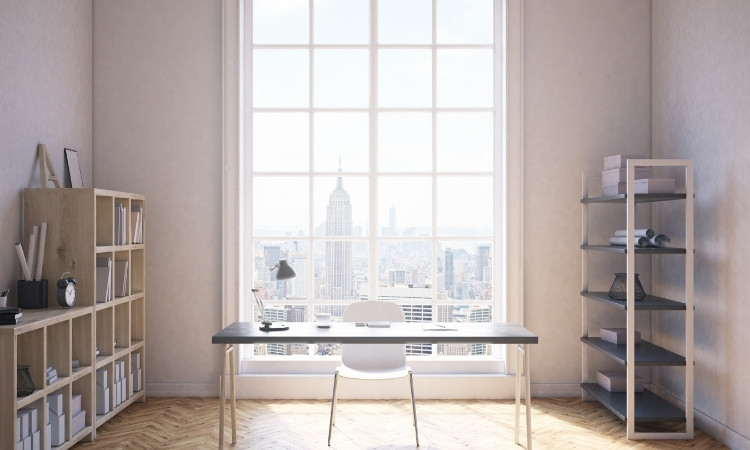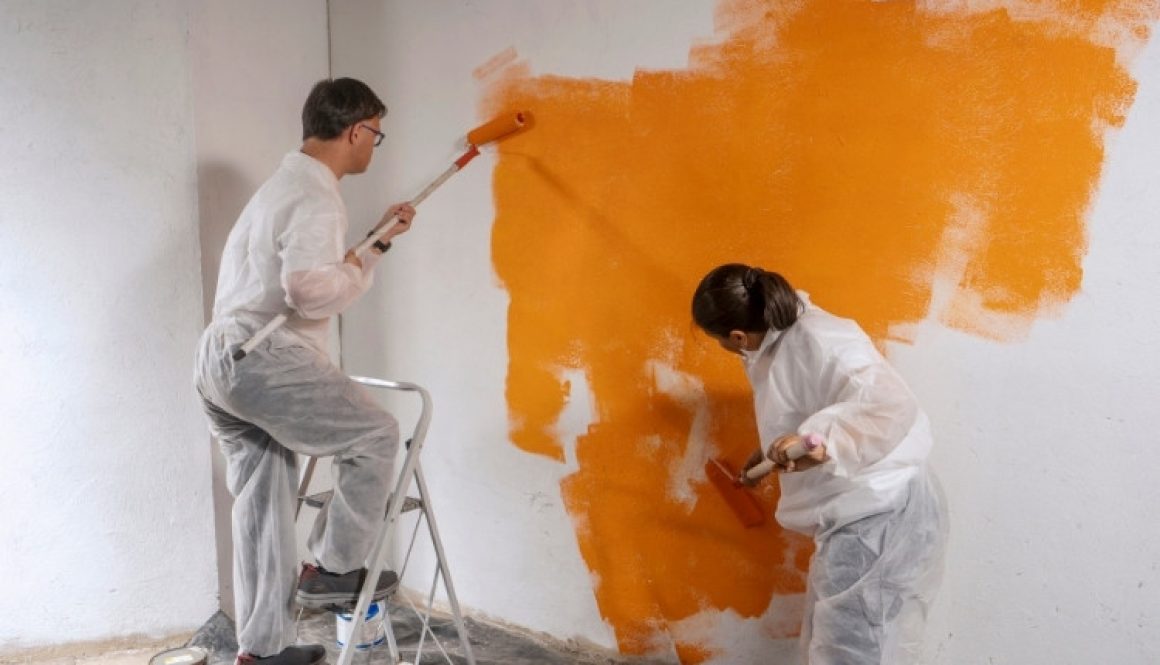How to Paint a Study Room in Singapore
If you paint your study room, you can turn it into an inviting place to work or study in Singapore. A colorful study room is a good addition to HDB homes and condos, as it can increase your ability to focus, stay creative, and feel comfortable.
Painting a study room, whether for your child’s study space or a home office, requires planning, suitable paints, and knowledge of Singapore conditions.
Here, we will walk you through the process of painting a study room in Singapore, offering advice on colors, preparing the space, and finishing the job like a pro. Also, LS Painter Singapore offers the best residential painting, house painting, and commercial painting services in Singapore.
Why Painting a Study Room Matters
A study room is a sanctuary for concentration and productivity, and the right study room paint color can significantly impact mood and efficiency. In Singapore, where space is premium, a well-designed study room can double as a multi-purpose area for students, remote workers, or hobbyists.
The right paint improves aesthetics and protects walls from humidity-related issues like mold, which is common in Singapore’s tropical climate. Choosing the right paint colors for a study room can make the space feel larger, calmer, or more energizing, depending on your needs.
Choosing the Right Paint Colors for Study Room
The perfect study room paint color is crucial for creating an inspiring environment. Consider these factors when choosing colors:
- Calming Tones: Soft blues, greens, or neutral grays promote focus and reduce stress, ideal for students or professionals. Brands like Nippon Paint and Dulux, widely available in Singapore, offer shades like “Serenity Blue” or “Cool Mint.”
- Energizing Hues: Light yellows or warm beiges can boost creativity and energy, perfect for brainstorming or creative work. Avoid overly bright colors like red, which can be distracting.
- Light Reflection: In Singapore’s often dimly lit HDB flats, lighter colors like off-white or pastel shades make small rooms feel spacious and airy.
- Low-VOC Paints: Singapore’s emphasis on sustainability makes low-VOC (volatile organic compound) paints a popular choice. These reduce indoor air pollution, crucial in compact homes. Nippon Paint’s Odorless series or Dulux’s EasyClean are excellent options available at Home-Fix or Horme Hardware.
Test paint samples on a small wall section to see how they look under natural and artificial light, as Singapore’s bright daylight and evening lighting can alter color perception.

Tools and Materials Needed
To successfully paint a study room, gather these supplies;
- High-quality paint (low-VOC, water-based recommended)
- Primer (for new or stained walls)
- Paint rollers and brushes
- Paint tray and liners
- Drop cloths or plastic sheets
- Painter’s tape
- Sandpaper (medium and fine grit)
- Putty knife and wall filler (for patching)
- Ladder or step stool
- Cleaning supplies (mild detergent, sponge, rags)
- Protective gear (gloves, mask, goggles)
Step-by-Step Guide to Painting a Study Room
Follow these steps to achieve a professional-looking study room painting project in your Singapore home:
Step 1: Plan and Prepare the Room
- Clear the study room of furniture, books, and electronics, or move them to the center and cover with drop cloths.
- Remove wall decorations, switch plates, and outlet covers.
- Apply painter’s tape along edges, trim, and windows to ensure clean lines.
- In Singapore’s humid climate, check walls for mold or dampness and treat with a mold-resistant cleaner before painting.
Step 2: Clean and Repair Walls
- Wash walls with a mild detergent solution to remove dust, grease, or stains, common in Singapore homes due to cooking fumes or humidity.
- Use a putty knife and wall filler to patch any cracks or holes, then sand smooth with fine-grit sandpaper. This ensures a flawless base for painting a study room.
Step 3: Apply Primer
- Apply a primer to ensure even paint adhesion on new walls, previously unpainted surfaces, or walls with stains.
- Use a roller for large areas and a brush for edges.
- Allow the primer to dry fully (4–6 hours), as Singapore’s humidity can slow drying times.
Step 4: Paint the Room
- Stir the paint thoroughly and pour it into a tray.
- Start with a brush to “cut in” along edges, corners, and trim, then use a roller for larger wall areas.
- Apply paint in thin, even coats, working in small sections to avoid streaks. Two coats are usually sufficient for good coverage, but darker colors may require a third.
- Allow each coat to dry for 2–4 hours, longer in humid conditions.
- Ventilate the room with fans or open windows to speed drying and reduce fumes, a key consideration in Singapore’s warm climate.

Step 5: Clean Up and Inspect
- Remove painter’s tape before the final coat dries completely to avoid peeling.
- Clean brushes and rollers with water (for water-based paints) or solvent (for oil-based paints). Inspect the walls for missed spots or imperfections and touch up as needed.
- Reinstall switch plates and move furniture back once the paint is fully dry (24–48 hours).
Maintenance Tips for a Long-Lasting Finish
To keep your study room looking fresh:
- Clean Regularly: Wipe walls with a damp cloth to remove dust or smudges, especially in Singapore’s dusty urban environment.
- Control Humidity: Use a dehumidifier or exhaust fan to prevent mold growth, particularly during rainy seasons.
- Touch Up Promptly: Address scuffs or chips immediately with leftover paint to maintain a polished look.
- Ventilation: Keep the room well-ventilated to prolong paint life and reduce moisture buildup.
Conclusion
You can paint a study room and add a refreshing touch to your Singapore home, creating a space that inspires productivity and calm. By choosing the right paint colors for the study room, preparing thoroughly, and following the steps outlined, you can achieve a professional finish that enhances your study room’s functionality and aesthetic.
In Singapore’s compact, humid environment, careful planning and quality materials are key to a lasting result. Whether you’re a DIY enthusiast or opt for professional help, a freshly painted study room can elevate your daily routine and make your home more enjoyable.


